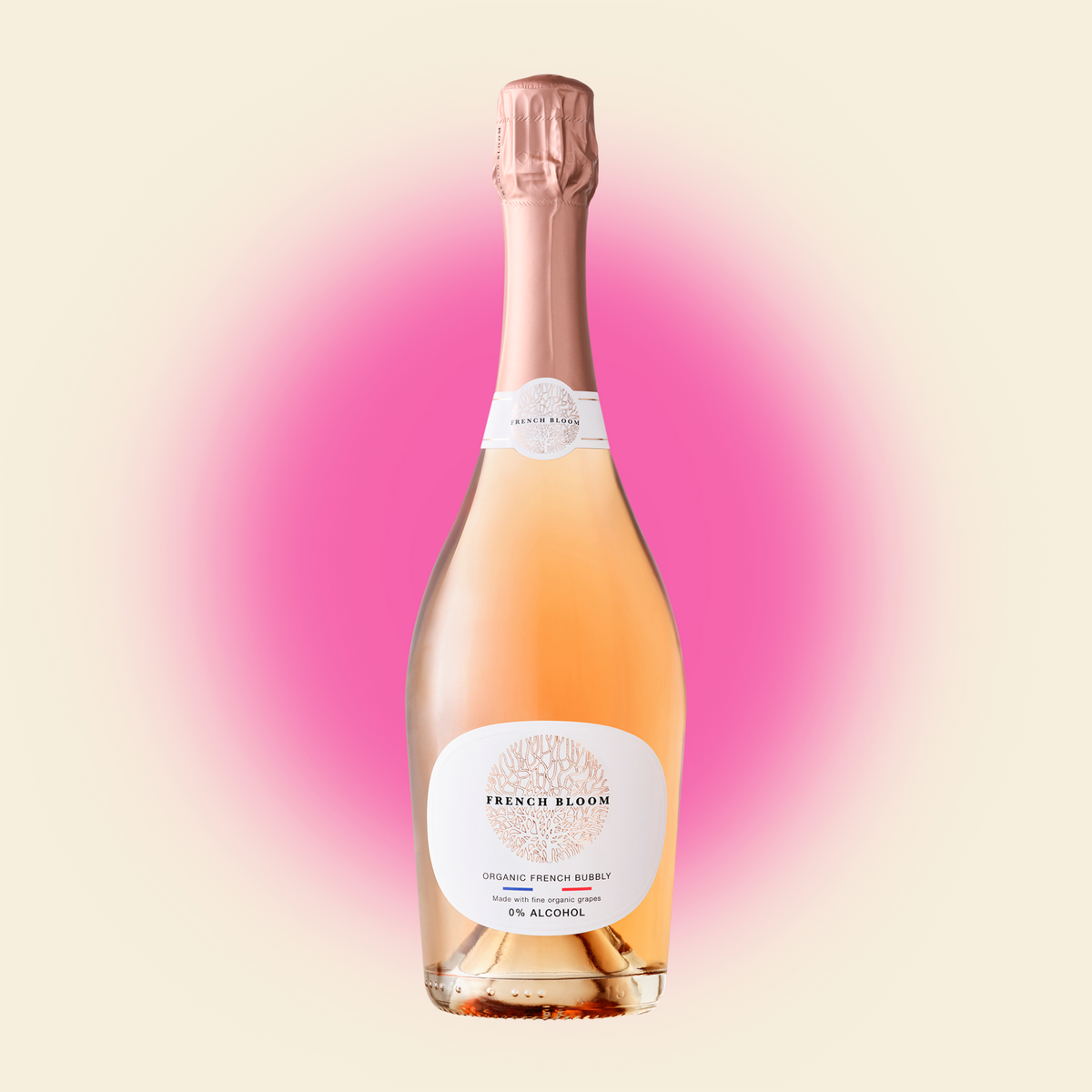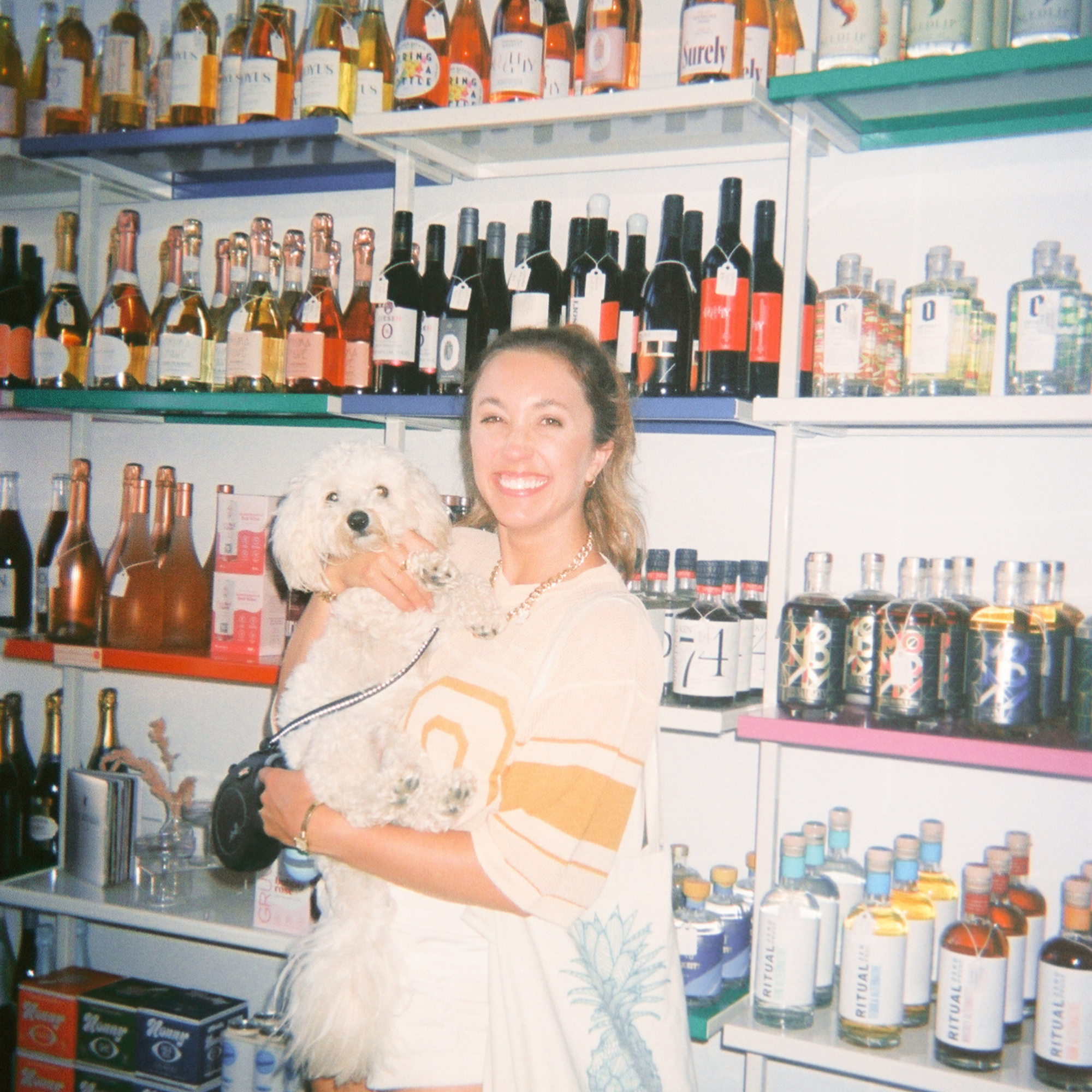Ian Blessing is a seasoned hospitality professional with over 15 years of experience in the food and beverage industry, including roles as a sommelier at The French Laundry and Opus One Winery. After he and his wife Carly decided to give up alcohol, Ian co-founded All The Bitter, a line of handcrafted non-alcoholic cocktail bitters made with organic and functional ingredients. All The Bitter has earned over 30 awards at major spirits competitions including No/Low Spirit Producer of the Year from the IWSC and is featured in renowned bars across the United States, including Death & Co, Trick Dog, and The Violet Hour. He sat down with TNB to talk about the history of wine, why we’re so obsessed with it as a society, and how nonalc innovation is changing the wine industry.
Can you tell us a little bit about the history of wine? When did this become a thing? Where? How?
The earliest evidence of winemaking and grape cultivation dates back to around 6,000 BC in modern-day Georgia, Armenia, and Turkey. However, it's likely that people have been enjoying wine for even longer. The discovery of wine was probably a happy accident—imagine someone stumbling upon a bunch of grapes that had fermented naturally, noticing a strange smell, and bravely venturing not only to taste them, but to eat (or drink) enough to get drunk. That bold move likely led to one of humanity’s first experiences with fermented beverages and marked the beginning of a drink that would become central to our lives.
Why do you think wine has been so deeply ingrained in our culture? Are there key moments you can point to that might have guided this?
Wine has been deeply ingrained in our culture for thousands of years, largely because it has always been more than just a drink. From its earliest days, wine was used in religious rituals, social gatherings, and prescribed as medicine. Its prominence in ancient Greek and Roman societies, where it symbolized status and was central to philosophical discussions and feasts, helped establish its cultural importance.
In modern times, wine has continued to be a symbol of celebration, sophistication, and connection, often shared with friends over a good meal. Coincidentally, this is why non-alcoholic wine has appeal—it allows people to partake in this timeless ritual without consuming alcohol, offering an inclusive alternative for those who aren’t drinking today, this month, or at all.
Do you know when / why nonalcoholic wine came into the scene?
Non-alcoholic "wine" first appeared in the United States in 1869, created by Thomas Welch, a New Jersey dentist and prohibitionist. Seeking a non-intoxicating option for his Methodist church, Welch pasteurized Concord grape juice to prevent fermentation. Marketed as "Dr. Welch’s Unfermented Wine" until 1890, this innovation provided people with a zero-proof alternative to wine (and launched our processed fruit juice industry).
Around 40 years later, facing declining sales from health-conscious consumers, German winemaker Carl Jung developed a vacuum-distillation method that lowers the boiling point of alcohol, allowing for gentle heating which removes the alcohol while preserving flavor and aroma. Today, as more people opt for moderation, a combination of technology and ingenuity continues to advance the quality and appeal of non-alcoholic wines.
What are your key measures for a good bottle of wine? (Alcoholic or nonalcoholic)
I evaluate a bottle of wine, with or without alcohol, based on a few key factors. The first is flavor, and this applies to any beverage—wine, beer, cocktails, coffee, tea, etc. First and foremost, is it delicious? That's the entry point. It has to taste good. Next, is there a balance between sweetness and acidity, oak and fruit, structure and body, primary and secondary flavors, and so on? It's also important for a wine to have a clear beginning, middle, and finish, with distinct flavors. If it's a Chardonnay from Burgundy, does it actually taste like a Chardonnay from Burgundy? Finally, is it complex and nuanced? That's always nice, but not all wines need to be complex. Sometimes, being simply delicious is enough.
Beyond flavor, I'm more likely to enjoy a bottle of wine if I know the story behind it. Who made it, and what's their background? Do they grow the grapes themselves, and what makes their vineyard special? Wine encompasses a remarkable amount of history, geography, and culture, and part of its enjoyment is being transported to the place and time it was made. In the non-alcoholic world, Sovi does a great job of sharing that story and process.
How have you seen the nonalcoholic category evolve over time? Any future predictions?
There has been significant change and progress over the past few years. The most basic evolution is that, in general, the options continue to improve as more work is invested in development and technology. What I find exciting, though, are recent efforts that start with incredibly high-quality base wines, such as Oceano Zero, a single vineyard Pinot Noir from Central California, or Zeronimo, an Austrian blend of Blaufränkisch, Zweigelt, and Cabernet Sauvignon, aged for two years in French oak. These wines carry a hefty price tag, and while they still lack the weight and bite of alcoholic wine, the massive leap forward in aroma and complexity is unmistakable.
We've also seen the "wine alternatives" category continue to expand with great options like Proxies, NON, Kally, Copenhagen Sparkling Tea, and Blurred Vines. These blends of juice, tea, vinegar, bitters, and herbs approximate the complexity, balance, and overall experience of wine without actually being wine. They're a great choice for people who feel that dealcoholized wines are lacking and want a drink suitable for the same occasions.
My prediction is that as technology continues to advance and more research is conducted on how to grow grapes and make wine specifically for dealcoholization, we'll see more focus placed on the base wine, vineyard source, and story. I also think we're going to see a blending of these two categories, with wines like Surely's Red Blend, which combines de-alcoholized wine with juice, tea, herbs, and natural flavors.
What are some of your favorite tips for enjoying nonalc wine in particular?
My first tip, and arguably the most important, is to shift your perspective. Non-alcoholic beer has it easy with its bubbles, hops, and lower original alcohol content. Non-alcoholic spirits have the advantage of being mixed into cocktails. Wine, on the other hand, is "naked." When we strip a Napa Cabernet of its 15% alcohol, we also strip away much of its nuance and complexity, along with all of its body and bite. Non-alcoholic wine isn't going to hit the same as its alcoholic counterpart, and that's okay. It can still be delicious, especially when paired with the right meal and company (just like alcoholic wine), but it needs to be appreciated for what it is.
Next, nonalcoholic sparkling wines are significantly more satisfying than nonalcoholic red wines. White and rosé wines work well, too, primarily because they are crisp and refreshing, but the bubbles in sparkling wine really make them stand out. The good news is that sparkling wine pairs well with almost every food and occasion. If you're not currently drinking bubbles—like right now—why not? Treat yo'self!
Lastly, I can't help but recommend our bitters, which have become a popular hack for adding depth, body, and flavor to nonalcoholic red wines. All The Bitter Aromatic adds heavy spice notes (similar to Zinfandel or Syrah) and balances sweetness in nonalcoholic reds, while our New Orleans bitters add tart red fruit and spice (reminiscent of a Pinot Noir). Both add that missing bite, and our glycerin base contributes considerable texture and weight. Start with 1-2 dashes per glass, but you can add up to 1/4 ounce per glass for a more significant impact.


































